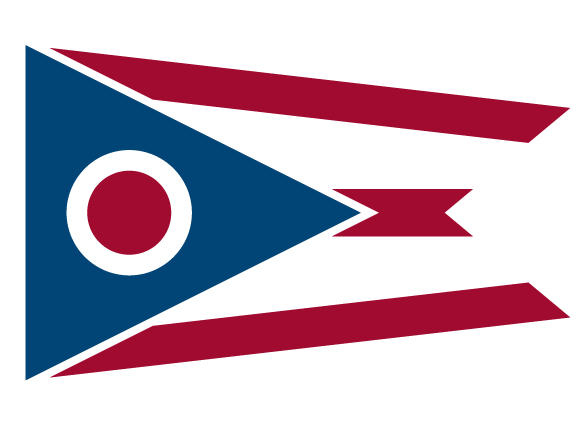
Did You Know? As a streamside property-owner, you have a special opportunity to protect and restore our local creeks and watersheds by establishing or maintaining a healthy riparian buffer.
What is a Riparian Buffer? Why do they matter?
The riparian area is the land alongside a stream or river that directly affects—or is affected by — the water. A riparian buffer is a green corridor along a river or stream that separates the water from surrounding land uses. Healthy riparian buffers contain trees, shrubs, and other vegetation that protect both the stream and streamside property. In our local watersheds, as in many places throughout the world, many of our riparian buffers have been cleared in order to make additional space for lawns, houses, fields and roads. The lack of healthy riparian buffers has contributed to stream bank instability and erosion, diminished water quality, and habitat degradation. Properly maintained riparian buffers stabilize stream banks, decrease high storm flows, filter nutrients and sediment from storm water, provide essential habitat for fish, birds, and other wildlife, and increase property values. Generally, the wider the buffer, the more effective it will be. At a minimum, a streamside buffer should extend to the top of the streambank slope. A healthy riparian buffer protects your property from the stream, and the stream from you.
So how do I go about establishing a healthy Riparian Buffer?
1. Stop mowing next to the stream. Generally, a buffer width of at least 25 feet is recommended, but every little bit helps – do what you can! If you can only do one step from this list, this is the one you should do.
2. Plan your Planting.
- Species:Native trees and shrubs adapted to floodplain and streamside conditions should be selected. Examples of trees and shrubs to consider include – but are not limited to - sycamore, willows, swamp white oak, pin oak, silky and gray dogwoods, witch hazel, box elder, choke cherry, button bush and red maples. Native grasses and wildflowers can be seeded as well. You’ll also want to consider site conditions such as amount of sun/shade.
- Number: For complete reforestation of a 25-foot wide buffer along a 50-foot long stream segment, you’ll want to plan on planting about 12-15 trees and fill in with gaps with at least that many shrubs.
- Spacing: The trees that will have the largest mature canopy should be planted at a distance of 20-25 feet from each other, then the rest of the trees filled in, maintain at least 10-12-foot spacing between trees. Shrubs can then be filled, and even clumped together, to fit the landscape of the planting site.
3. Plant your trees and shrubs. The best times of year to plant trees are early spring and fall. For healthy plants and improved survival, follow these simple guidelines for planting trees and shrubs:
- Dig your hole as deep as the tree’s root system, and 2-3 times as wide.
- Spread the roots out. It may be necessary to cut the roots if they are bound.
- Adjust the depth of the hole to ensure that the root flare (where the trunk begins to spread out near its base) is just above the level of the surrounding ground.
- Backfill the hole with the dug soil or a combination of soil and compost. Mulch the area that was dug for the hole, being careful to make sure that no mulch touches the trunk or root flare.
- Water your new trees immediately after planting (5 gallons per inch of trunk diameter) and at least once/week over the first summer (5 gallons per tree).
4. Protect your trees.
- Deer:If you live in an area that gets browsed by deer, you’ll want to cage your trees. This can be done using chicken wire or welded wire fence, both of which are available at hardware stores and garden centers. The fence should extend at least to the tree’s dripline, and anchored with wooden stakes.
- Beaver: Deer protection will deter beavers as well. If you have beavers but not deer in your area, use the deer protection, but the perimeter of the cage can be closer to the trunk.
- Cicadas:2016 is the year! While healthy, mature trees will easily be able to withstand any cicada damage, your younger trees will be more susceptible. If your trees are small enough, you can cover them with a nylon mesh netting (secure it by tying loosely around the trunk) during the period when the adult cicadas are active (probably for a couple weeks during May). Otherwise, check on your trees a couple times each day and remove any adult cicadas by hand.
The Union Soil and Water Conservation District and the United States Department of Agriculture (USDA) prohibit discrimination in their programs based on race, color, national origin, sex, religion, age, disability, political beliefs, and marital or familial status.
 An official State of Ohio government website.
Here's how you know
An official State of Ohio government website.
Here's how you know

